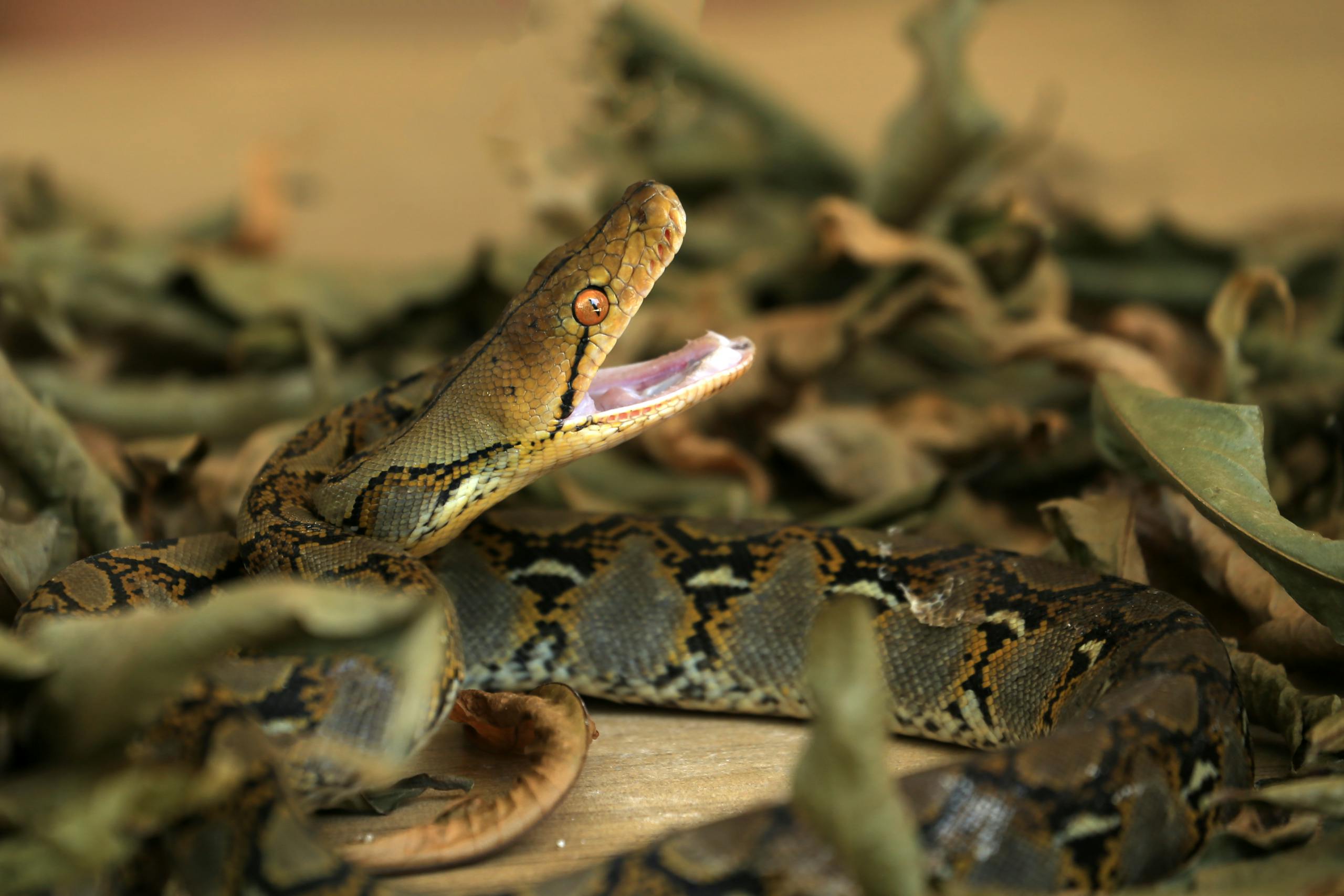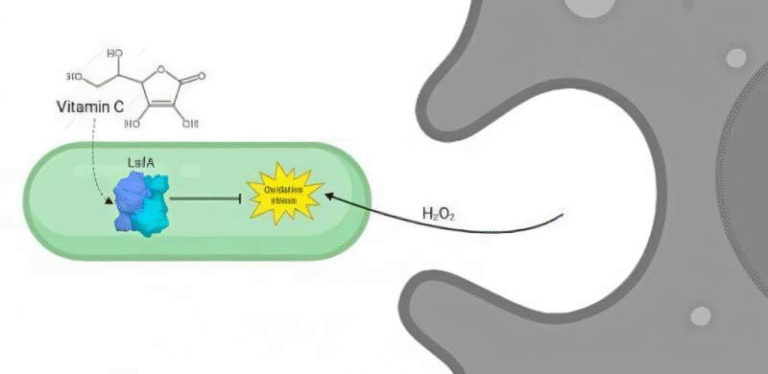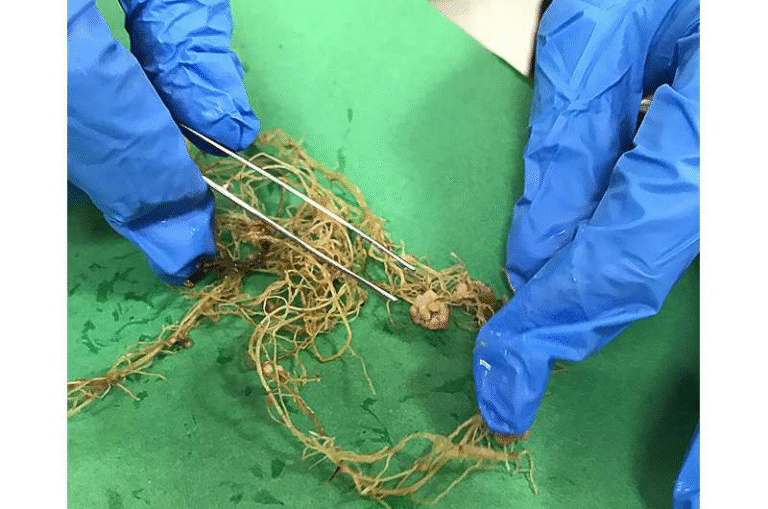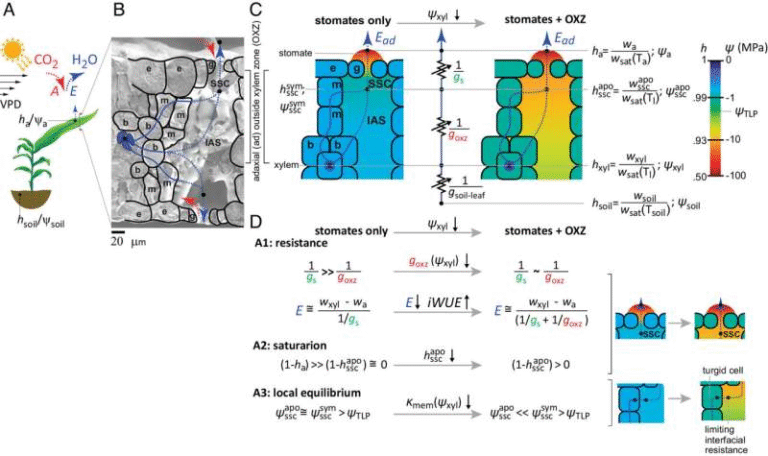Snakes’ Biting Styles Captured in Unprecedented Detail

For the first time ever, scientists have recorded the split-second movements of venomous snakes in high-resolution, revealing exactly how different species strike, pierce, and inject venom. The study, published in The Journal of Experimental Biology (2025), analyzed the biting mechanics of 36 venomous snake species using high-speed 3D video, providing the most detailed look yet at how vipers, elapids, and colubrids attack their prey.
The Research Setup
The research was led by Silke G. C. Cleuren and Alistair R. Evans from Monash University, Australia, in collaboration with Anthony Herrel from the French National Museum of Natural History (CNRS). To capture the complex biomechanics of snake strikes, Cleuren traveled to Venomworld, a specialized facility near Paris where Remi Ksas collects venom from some of the world’s most dangerous snakes for medical and pharmaceutical research.
At Venomworld, the researchers presented each snake with a warm cylinder of medical-grade gel, designed to mimic the temperature and texture of small mammal flesh. This clever setup replaced live prey, ensuring safety while keeping the strikes as realistic as possible.
Each attack was recorded using two synchronized high-speed cameras capturing 1,000 frames per second. By combining footage from both angles, the team was able to reconstruct the strikes in three dimensions, accurately measuring speed, acceleration, jaw angle, and fang movement.
In total, over 100 strikes were recorded across 36 species of venomous snakes, including vipers, elapids, and colubrids.
How the Snakes Were Categorized
The 36 species came from three major snake families:
- Viperidae (vipers) – such as the blunt-nosed viper (Macrovipera lebetina), western diamondback rattlesnake (Crotalus atrox), West African carpet viper (Echis ocellatus), and Bothrops asper, also known as the ultimate pit viper.
- Elapidae (elapids) – including the Cape coral cobra (Aspidelaps lubricus) and forest cobra (Naja melanoleuca).
- Colubridae (colubrids) – represented by rear-fanged species with fangs positioned farther back in the mouth.
The Results: A Close Look at Each Snake Family
Vipers: Precision and Power
Vipers were found to be the fastest and most forceful strikers of all. Some species could embed their fangs in the fake prey in under 100 milliseconds—that’s faster than the blink of an eye.
The blunt-nosed viper recorded a stunning acceleration of 710 m/s², managing to land a bite in just 22 milliseconds. Meanwhile, the Bothrops asper reached speeds exceeding 4.5 meters per second, with accelerations above 370 m/s².
The videos revealed a remarkable detail: vipers don’t simply stab and inject venom. They “walk” their fangs forward—if the initial insertion isn’t ideal, they pull the fang out slightly and reinsert it at a better angle before closing their jaws to deliver venom.
On one occasion, a blunt-nosed viper even snapped a fang after misjudging the strike distance, an event the researchers believe happens more often than expected since fangs are occasionally found in snake droppings after being swallowed.
Elapids: Repeated and Controlled Biting
Elapids, like cobras and adders, used a different approach. They often crept closer to their prey before striking. Once contact was made, they didn’t rely on a single bite. Instead, they bit repeatedly, tensing their jaw muscles to squeeze venom into the prey through their shorter, fixed fangs.
Although elapids were slightly slower than vipers, they were still incredibly fast, with the rough-scaled death adder (Acanthophis rugosus) reaching speeds of around 2.5 meters per second.
Colubrids: The Sawing Specialists
Colubrids—the least venomous of the three families—displayed yet another distinct style. Because their fangs sit far back in their mouths, they had to lunge further and then clamp their jaws tightly around the prey.
After making contact, they swept their jaws side to side, creating crescent-shaped gashes that helped deliver venom deep into the wound. It’s less about a quick strike and more about tearing and saturating the prey with venom.
Key Insights and Measurements
- Vipers: Struck the fastest and hardest; achieved up to 4.5 m/s in speed and 710 m/s² in acceleration.
- Elapids: Bit repeatedly with precision, using muscular force to inject venom.
- Colubrids: Used longer, sweeping jaw movements to deliver venom effectively.
- Reaction time: Some snakes struck in under 100 milliseconds, far quicker than the 60-millisecond flinch time of small mammals—meaning the prey wouldn’t even know what hit it.
Among vipers, those that hunted mammals or used ambush tactics tended to be the fastest strikers, highlighting how predatory style and fang design evolve together.
Why This Study Matters
Understanding how venomous snakes deliver their bites helps explain how their fangs, skulls, and muscles evolved to suit their environment and prey. It also provides valuable insights for medical research, since snake venom is used in developing drugs for blood pressure regulation, pain relief, and even cancer treatment.
This research also demonstrates how improvements in high-speed imaging can unveil previously hidden aspects of animal behavior. Just a few years ago, such precise recordings—1,000 frames per second, rendered in 3D—weren’t possible.
The findings could also inform antivenom design. Knowing how venom enters tissue, the depth of fang penetration, and the duration of contact helps scientists refine treatments and delivery systems.
A Broader Look at Snake Evolution and Venom Delivery
Snakes have evolved three main fang designs, each supporting a unique venom-delivery strategy:
- Front-Fanged (Proteroglyph and Solenoglyph) – Seen in elapids and vipers. Vipers have hinged, retractable fangs that swing forward when striking, while elapids have fixed, short fangs that don’t move.
- Rear-Fanged (Opisthoglyph) – Found in colubrids. Their venom delivery is slower because the prey must be held in the mouth for the venom to seep in.
- Non-Venomous Snakes – Some colubrids and constrictors (like pythons) rely on muscular force instead of venom, demonstrating how varied snake hunting strategies can be.
Interestingly, many scientists believe that venom evolution began as a digestive aid, not purely as a weapon. Over millions of years, natural selection refined these systems for defense and prey capture.
Real-World Applications
Understanding bite mechanics is more than a biological curiosity—it has practical applications. For example:
- Robotics and Biomechanics: The precision and speed of snake strikes could inspire robotic mechanisms for medical injections or prosthetic designs requiring fast, controlled movements.
- Venom Research: Studying bite pressure, duration, and delivery patterns helps pharmaceutical companies better understand venom pharmacology.
- Conservation Awareness: Highlighting the complexity of snake behavior may reduce fear and promote respect for these misunderstood animals.
The Takeaway
This study revealed that venomous snakes use dramatically different techniques to deliver their deadly bites, shaped by millions of years of evolution.
- Vipers strike like coiled springs—fast, powerful, and surgical.
- Elapids use precision and repeated motion to inject venom efficiently.
- Colubrids rely on persistence, sawing motions, and close contact.
Every snake has its own perfected method for getting venom where it needs to go, showing that evolution can craft multiple solutions for the same goal—catching and killing prey before it even knows what happened.
Research Reference:
Cleuren, S. G. C., Evans, A. R., Herrel, A., et al. (2025). Kinematics of Feeding Strikes in Venomous Snakes. Journal of Experimental Biology, 228(20), jeb250347.





